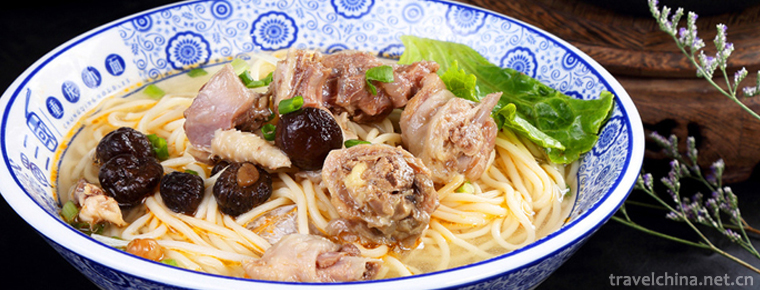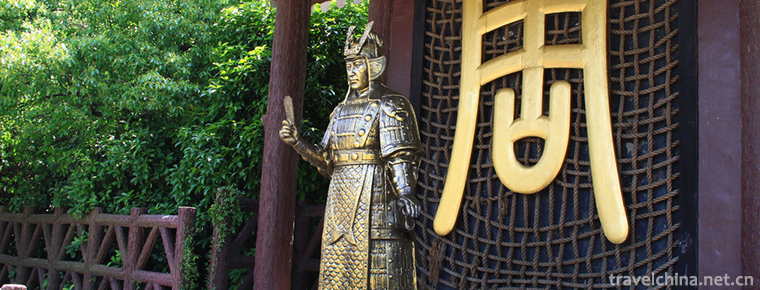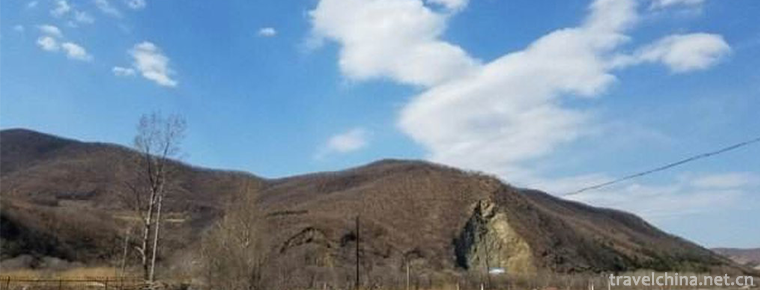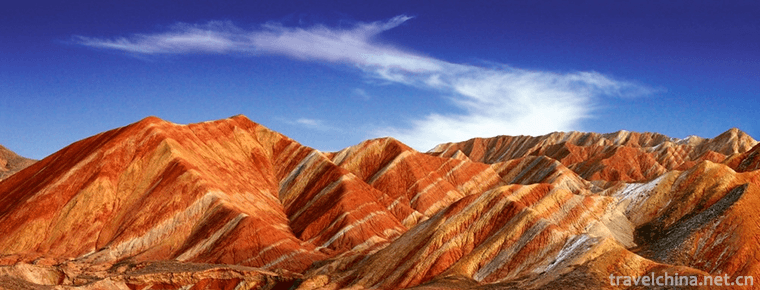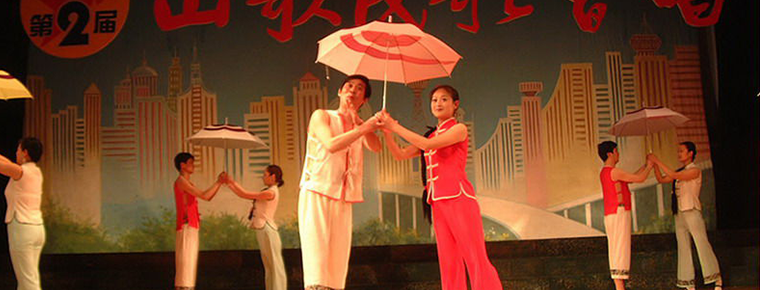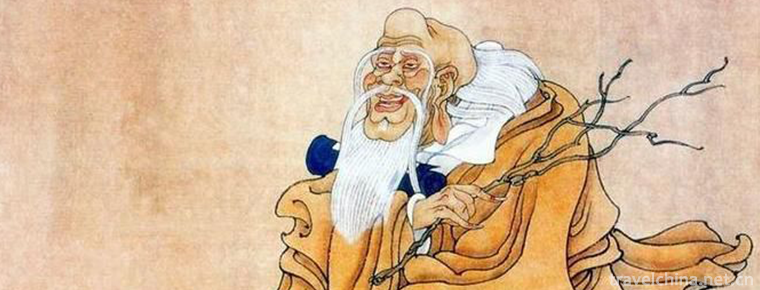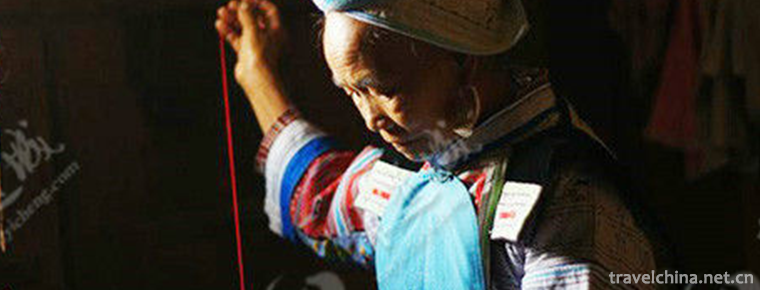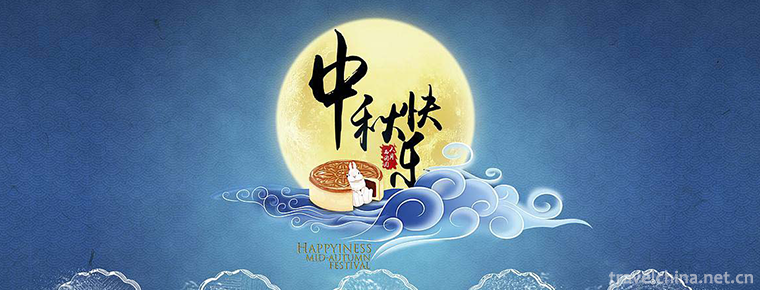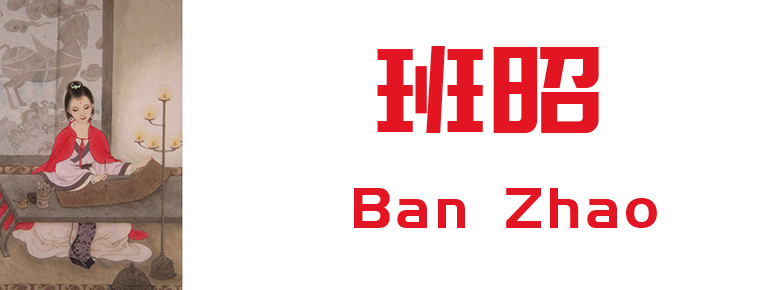Xishuangbanna Tropical Flower Garden
Xishuangbanna Tropical Flower Garden
Xishuangbanna Tropical Flower Garden is located in Yunnan Institute of Tropical Crop Sciences, Jinghong City, Xishuangbanna Prefecture, Yunnan Province. It covers an area of 80 hectares and is one of the main scenic spots in Xishuangbanna Scenic Area.
Introduction of scenic spots
In 2001, it was rated as AAA-level scenic spot by the National Tourism Administration, and now it is AAAA-level scenic spot. Tropical Flower Garden shows the connotation of popular science through the garden landscape of tropical flowers and plants. It is a theme park integrating scientific research, popular science, patriotic education, tourism, leisure and vacation. ?
There are more than 100 kinds of tropical flowers, more than 300 varieties, and more than 600 kinds of tropical economic plants with nearly 7000 Germplasms in the garden. Through unique creativity and novel garden layout, the mysterious veil of these tropical flowers, tropical fruit trees, Southern medicine and other plants closely related to human life is unveiled, so that you can not only enjoy the beautiful tropical scenery and Banna style, but also let you experience it. People live in harmony with nature, feeling free, free and comfortable.
Over the years, the party and state leaders who visited the garden in turn were Zhou Enlai, Wang Zhen, Chen Yi, Hu Yaobang, Jiang Zemin, Li Peng, Li Ruihuan, Qiao Shi, Lieutenant Jianxing, Hu Jintao, Xi Jinping, as well as gardening experts from France, Canada, Japan and Thailand, who highly praised flower gardens.
Browse to the flower garden. Your body and mind will be infected by the wonder of flowers and the spirituality of plants, so that you can understand the true meaning of the harmonious coexistence of human and nature.
Theme of scenic spot
Tropical flower garden mainly embodies the four themes of tropical plants and flowers, tropical rubber and tropical fruit, and cultural relics area of Premier Zhou Monument Group. At present, the open scenic spots include leaf garden, sparse tree lawn area, Premier Zhou Monument, tropical palm area, sky garden, fish watching, tropical fruit germplasm garden, five trees and six gardens, science and technology exhibition hall, Brazilian rubber germplasm resource bank and other scenic spots. In the garden, you can see Wang Lian with big dustpan leaves, fireworks like firecrackers, paradise birds like birds flying, triangular plum with leaves like flowers like eggs yellow, dancing grass, shy trees and shy grass, rainy trees, mysterious fruits and other tropical exotic flowers; you can visit the science and technology exhibition hall to learn about rubber tree planting. What is the history and development prospects and their relevance to people's daily life? Through the demonstration of tapping rubber on the spot, we can experience how the milk-like latex flowed; through inspecting monuments, meeting monuments and other monuments, we can know the care of the beloved Premier Zhou for the research personnel of the Institute of Hot Works and the friendly meeting with Prime Minister Wunu of Myanmar; we can also know the rich tropical unique fruits and enjoy the natural sweet taste.
Activity time of scenic spots
Project Name, Activity (Service) Schedule, Project Name, Activity (Service) Schedule
Popular Science Tour Guide Service 08:00-18:00 Play Fish 08:00-17:30
Visitor Center Service 08:00-18:00 Computer Portrait 08:00-17:30
Shopping service 08:00-18:00 Slip rope 08:00-17:30
Characteristic Flower Hall 08:30-17:30 Science and Technology Exhibition Hall 08:00-17:30
Rubber Culture Park 08:00-18:00 Battery Car 08:00-18:00
Best travel time
1. Xishuangbanna is warm and sunny all year round and can travel all the year round. If we mainly consider the climate, we should avoid the rainy season. Banna is a rainy season from May to October. Therefore, the best season for visiting Xishuangbanna is November to April next year.
2. Tropical flower gardens have flowers blooming all year round, beautiful scenery, green trees, showing the spring weather without cold winter at any time.
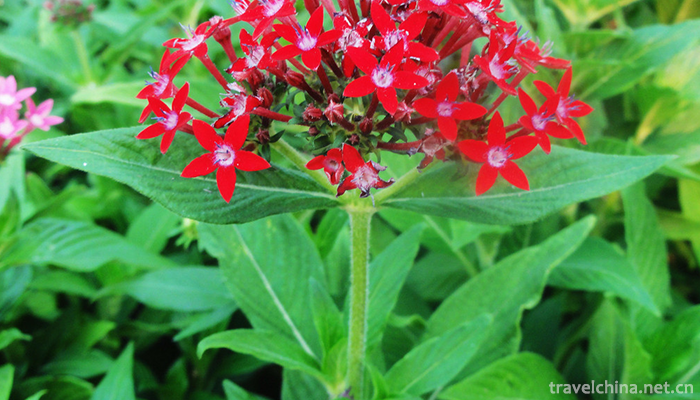
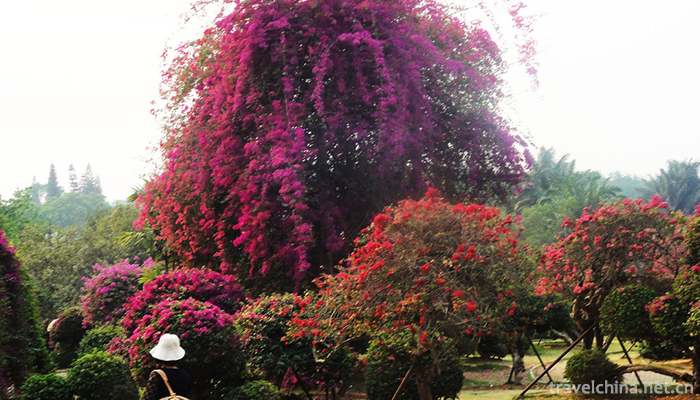
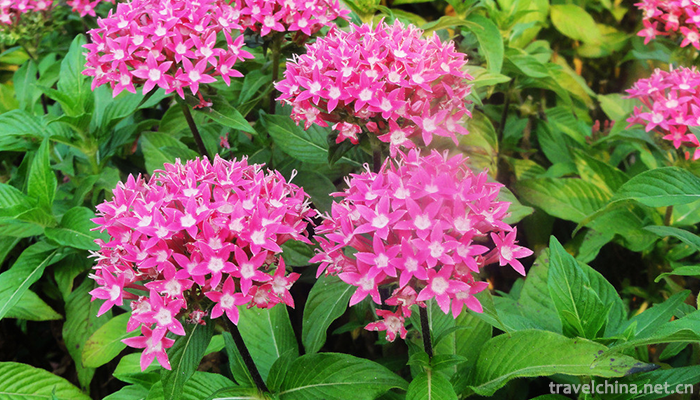


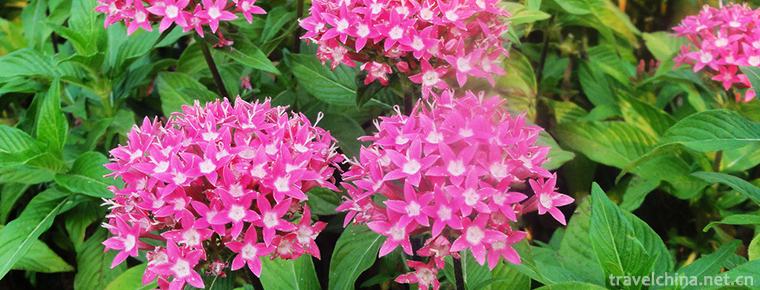
Xishuangbanna Tropical Flower Garden
-
Letinous edodes chicken Noodles
Letinous edodes stewed chicken originated in Northern Jiangsu
Views: 165 Time 2018-10-12 -
Wuxi film and television base
The Wuxi Film and Television Base of CCTV was originally built by CCTV to shoot "Tang Ming Huang", "Romance of the Three Kingdoms" and "Water Margin"
Views: 228 Time 2018-12-06 -
Side wall ruins
The local people call it "Genghis Khan Wall", also known as "Jinjie Trench". It is the ancient Great Wall ruins spanning the left banner of Sunite, covering 100 square meters.
Views: 203 Time 2019-01-03 -
Zhangye Danxia National Geological Park
Zhangye Danxia National Geological Park is the only Danxia landform and color hilly landscape complex area in China. Located at the northern foot of Qilian Mountains, 30 kilometers south of Linze Coun
Views: 217 Time 2019-03-16 -
March 3 of Buyi Nationality
Buyi "March 3" is a traditional festival held by Buyi people on the third day of March in the lunar calendar. It mainly takes the form of offering sacrifices to the gods of the society and s
Views: 191 Time 2019-04-04 -
Haimen mountain song
Haimen Mountain Opera is a traditional opera popular in Haimen area of Nantong, Jiangsu Province. It originated from Haimen Mountain Song and developed into
Views: 372 Time 2019-05-02 -
Laozi legend
Laozi is the incarnation of Laojun. The fifteenth day of February in the lunar calendar is a major Daoist festival. It is the "Christmas" of the emperor. Lao Tzu, the word Boyang
Views: 238 Time 2019-05-11 -
Miao embroidery
Miao embroidery refers to the embroidery skills inherited by the Miao people in China. Miao embroidery in Leishan County, Guiyang City and Jianhe County of Guizhou Province has different forms and sty
Views: 168 Time 2019-06-05 -
Tauk Taohu
Tao Ketaohu (May 13, 1864-April 1922), also translated as "Tao Ketao", Fuer Zhijin, Mongolian, the former Banner of Guoerros in Zhelimu League, Mongolian subordinate aristocrat of Nezhazazak
Views: 118 Time 2019-06-18 -
Mid Autumn Festival
Mid-Autumn Festival, also known as Moon Eve, Autumn Festival, Mid-Autumn Festival, August Festival, August Meeting, Moon Pursuit Festival, Playing Moon Festival, Moonworship Festival, Daughter's Festi
Views: 145 Time 2019-08-03 -
Hu Bilie Kublai Khan
Kublai was from 1215 to 1294, namely, Yuan Shi Zu, Mongolian, statesman and strategist. regent Torre Fourth sons, Yuan Xian Zong Mongo Brother. Yeke Mongghol Ulus The last generation of Khan, also at
Views: 168 Time 2019-09-07 -
Ban Zhao
Ban Zhao (about 45 years - about 117 years), also known as Ji, the word Hui ban. Fufeng An Ling (now northeast of Xianyang, Shaanxi), a historian and a writer of Eastern Han Dynasty. historian Ban Bi
Views: 306 Time 2019-09-11
